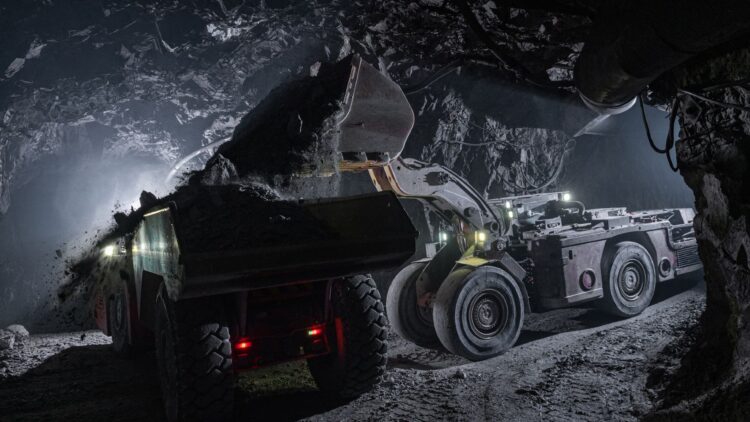The recent discovery of 110,000 tons of hydrogen in the United States has sparked enthusiasm and apprehension regarding its extraction methods. As the Mississippi Clean Hydrogen Hub positions itself as a front-runner in the race for federal funding, the challenge of harnessing this resource sustainably has never been more pressing. With ongoing delays in related projects and a competitive landscape, the future of green hydrogen hangs in a delicate balance.
Mississippi Clean Hydrogen Hub: Ambitious extraction plans amid challenges
Led by Hy Stor Energy in Jackson, the Mississippi Clean Hydrogen Hub is vying to become one of the U.S. Department of Energy’s (DOE’s) clean hydrogen hubs. After submitting its application in April, it became the 22nd confirmed hub applicant and the fifth from the Gulf Coast region, competing for a share of the $1.25 billion funding designated to between six and ten finalists.
Spanning 76,500 acres, the hub plans to produce 150 metric tons of clean hydrogen daily by 2030, with plans to increase production tenfold as demand rises. It will also focus exclusively on renewable-based green hydrogen.
The standout feature of the hub is its substantial storage potential, leveraging Mississippi’s unique geological formations—specifically, a network of underground salt domes.
Hy Stor is in the process of building caverns capable of storing 30,000 metric tons of hydrogen, with plans for further expansion. Combined with additional federal funding, this initiative supports the development of a “Strategic National Hydrogen Reserve,” emphasizing the hub’s significance in the national energy landscape. Beyond the technical aspects, Hy Stor seeks to boost the local economy by creating new jobs and attracting new industries, particularly in a state that ranked last in per capita real GDP in 2021.
Green hydrogen production: A complex landscape to navigate
Despite these ambitious plans, the journey toward realizing these hydrogen initiatives is riddled with complications.
A recent setback occurred when Hy Stor suddenly terminated a preliminary supply deal with Nel, a Norwegian electrolyzer manufacturer essential for producing hydrogen from renewable sources. This move reflects broader challenges within the green hydrogen sector, which is struggling with high production costs and uncertain regulatory environments.
At the same time, the tax credits outlined in the Inflation Reduction Act—which are crucial for incentivizing clean hydrogen projects—remain ambiguous, leading to hesitations among investors.
Furthermore, experts warn that while green hydrogen holds promise as a decarbonization tool, the costs associated with its storage and distribution may hinder its widespread adoption. A recent study from Harvard cautioned against considering hydrogen as the definitive solution to emissions reduction, indicating that its applications may be more limited than previously thought.
The future of green hydrogen and green steel partnerships
Hy Stor’s partnership with SSAB, a Swedish steelmaker working on developing a green steel facility in Mississippi’s Perry County, is entirely dependent on the successful production of green hydrogen.
Originally set for launch in 2025, project delays could severely impact SSAB’s plans. In the meantime, SSAB has secured up to $500 million from the DOE to investigate cleaner steel production methods.
Globally, however, green steel initiatives are also facing big hurdles. For example, similar projects in Germany are encountering escalating costs and market uncertainties, raising concerns about the viability of hydrogen-fueled ironmaking. Given that a typical direct reduced iron facility produces approximately two million metric tons of iron annually, the viability of these projects becomes increasingly critical.
Clearly, the Mississippi Clean Hydrogen Hub represents hope and skepticism in green hydrogen production. While it promises economic growth, its challenges may well hinder progress. We can only hope that the pursuit of sustainable energy continues to balance innovation with practicality.

